Jacques Applebaum
Castles
Heidelberg Castle | Chateau d'Amboise

Heidelberg Castle is a castle in the German state of Baden-Wurttemberg and city of Heidelberg. It was built during the Renaissance and is one of the first important castles built north of the Alps.
It sits atop a hill in Heidelberg that overlooks the Neckar river.

It is home to Hortus Palatinus, a Baroque garden built in the Italian Renaissance style popular in England at the time. It was commisioned by Frederick V in 1614 for his new wife Elizabeth Stuart (The daughter of King James I, England. Their marriage united Protestants in England and the Palatinate). It was once considered the 8th wonder of the world. It was never finished.
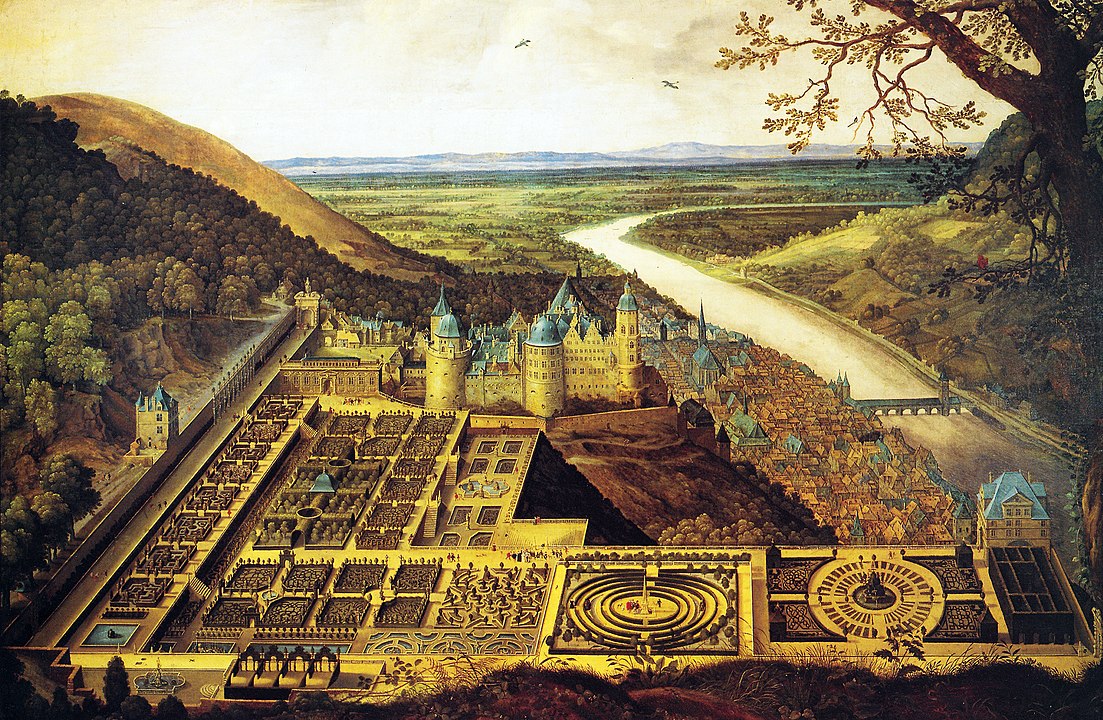
The castle was besieged many times during the Thirty Years War, which began after Frederick V vacated his title of the King of Bohemia upon losing the battle of White Mountain ( in modern Prague ) in 1620. This led to Heidelberg construction being halted indefinitely.
.jpg)
Brief Text History of the Castle
The castle was originally know as Heidelberch and was mentioned first in 1196.
Conrad of Hohenstaufen was instilled as the first count palatine in 1155 by the Holy Roman Emperor and King of Germany Frederick Barbarossa (Frederick I), also his half-brother.
It was claimed that Conrad lived on the Schlossberg (Castle Hill). The hill where the castle resides today.
The first indication that there was a castle in Heidelberg was when House Hohenstaufen and Roman Emperor Friederich II put Louis I, Duke of Bavaria from House of Wittelsbach, in charge of the castle.
It appears that the second castle started being built sometime from 1294 to 1303.
King Ruprecht of Germany, didn't live in the castle because it was too small in 1401. When he passed away in 1410 The Palatinate was given to his oldest son Ludwig III.
Martin Luther visited Heidelberg to defend his thesis, known as the Heidelberg Disputation, during the reign of Louis V, of the Wittelsbach Dynasty, in 1518.
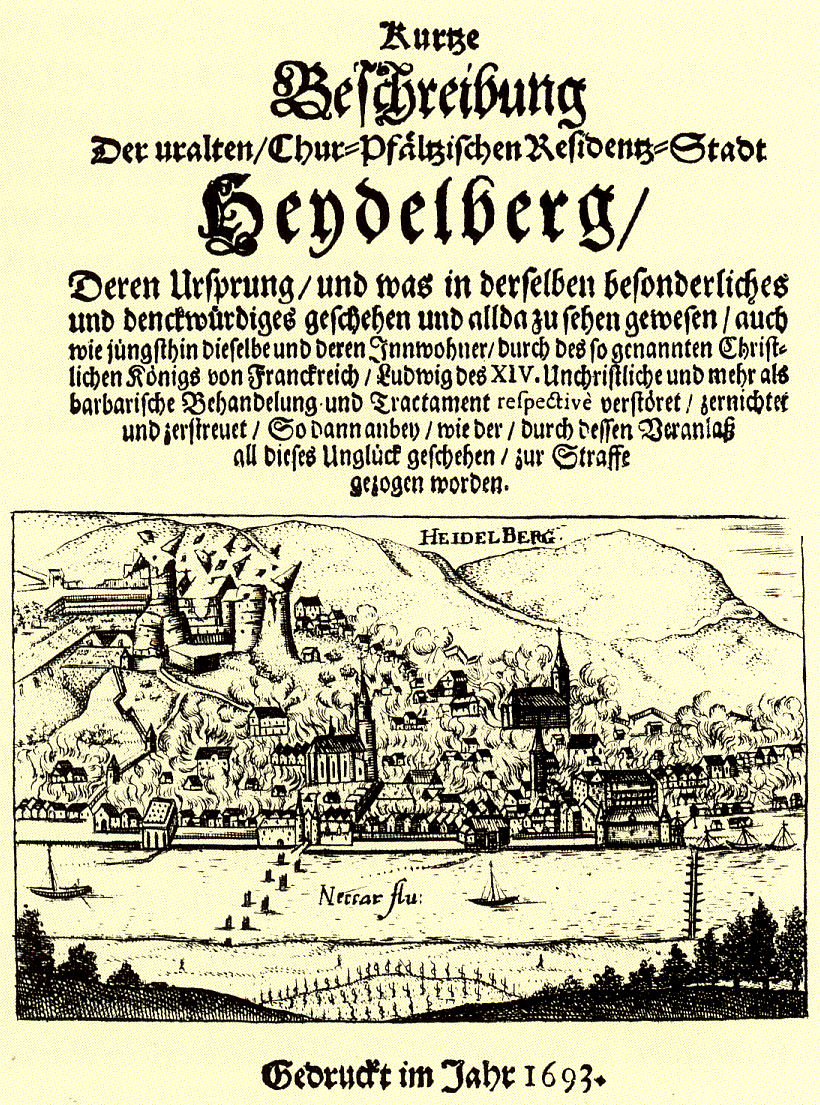
Frederick V was crowned the King of Bohemia in 1619 by Protestants to combat the overreaches of the Catholic Roman Emperor Ferdinand II. After Frederick V lost the Battle of White Mountain in 1620, General Tilly, commander of the Holy Roman Empire's army, took the castle in 1622. These events started the Thirty Years War.
Sweden captured Heidelberg from General Tilly in 1633. The Holy Roman Empire tried to take over the castle again in 1634, but weren't successful until 1635.
The castle was given back to the son of Frederick V and Elizabeth Stuart, Charles Louis of House Wittelsbach, at the end of the Thirty Years War in 1648. This was decided during the Peace of Westphalia. Charles Louis moved into the castle in 1649.
When the son of Charles Louis I died (Charles Louis II) in 1685, King Louis XIV of France laid claim to Heidelberg because his sister-in-law, Elizabeth Charlotte, was the daughter of Charles Louis I. King Louis XIV believed her to be the rightful heir. The castle was undefended when the French army attacked it in 1688. France was in another war, so they decided to decimate the castle in order to prevent having to attack it later. They left the castle in 1689 and set the castle on fire as they left. They blew off the Fat Tower and set fire to part of the town of Heidelberg.
In 1690 Johann Wilhelm, Elector Palatine, rebuilt part of the walls and towers. The French attacked the castle again in 1691, 1692, and 1693. When they breached the castle in 1693, they laid waste to it, blowing up the remaining walls and towers with mines.
The Nine Years War ended in 1697 with the Treaty of Ryswick. The castle was to be torn down to build a palace in the valley, but then was instead patched up due to the original plan being mismangaed. Charles III Phillip of House Wittelsbach wanted to rebuild the castle in the early 1700s but was unable to finance it. He put Perkeo of Heidelberg, his favorite court jester, in charge of watching over the castle's wine stock. Perkeo then became the unnoficial mascot of the city.
Charles III Philip made the Church of the Holy Spirity a fully Catholic church in 1720 which caused the town's protestants to be upset. This resulted in Charles moving his court to Mannheim, where he constructed a new palace, Mannheim Palace.
Karl Theodor was going to move back into the Heidelberg Castle in 1764, but the day before he moved in, it was struck by lightening twice, and this set fire to the castle. In 1777 Karl Theodor become the ruler of Bavaria and moved from Mannheim to Munich. Heidelberg Castle became an afterthought after this move.
The castle was used for building materials for the next few decades. In the early 1800s Charles De Graimberg became a voluntary warden for the castle. He helped create the first castle guide, which brought tourists to the area.
It was planned to be restored at times, but never came to fruition.
Mark Twain, Victor Hugo, and many other artists were said to have visited the castle.
Today it still stands as a tourist destination in Heidelberg.
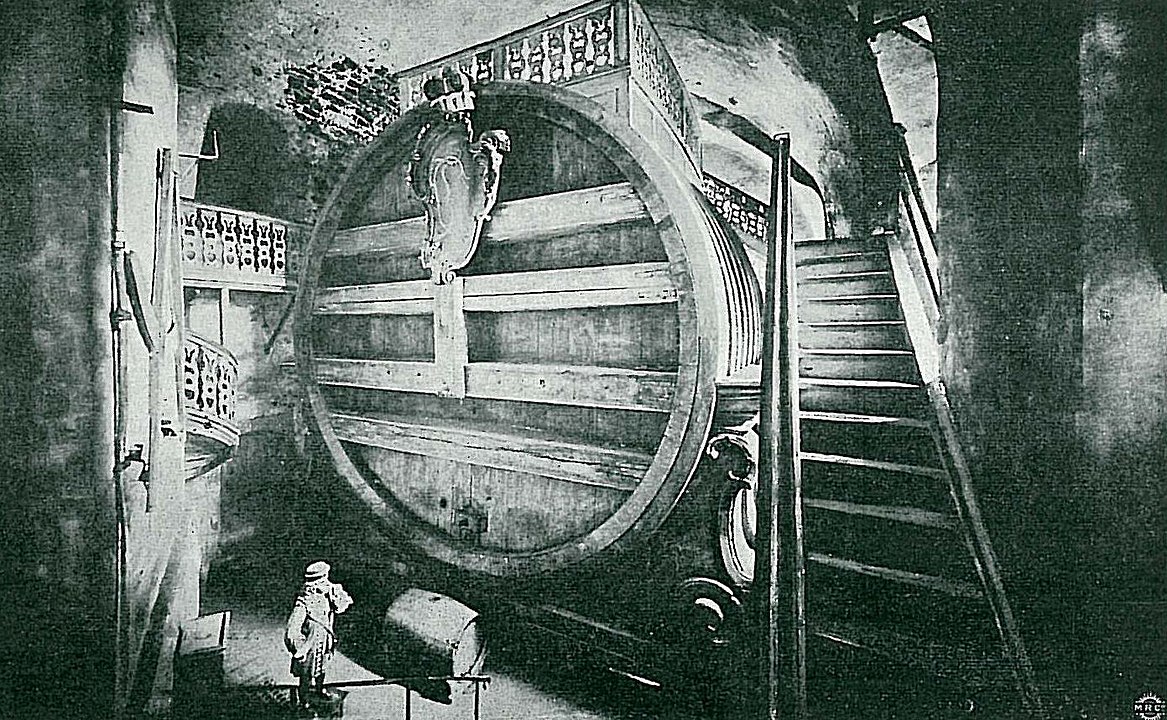
It is home to the largest wine barrel in the world The Heidelberg Tun. The current wine-cask took 130 oak trees to construct and can hold 57,000 gallons of wine. ( pretty rad amirite?) It was created in 1751. There have been four giant wine barrels in the castle. The first barrel was built in 1591.
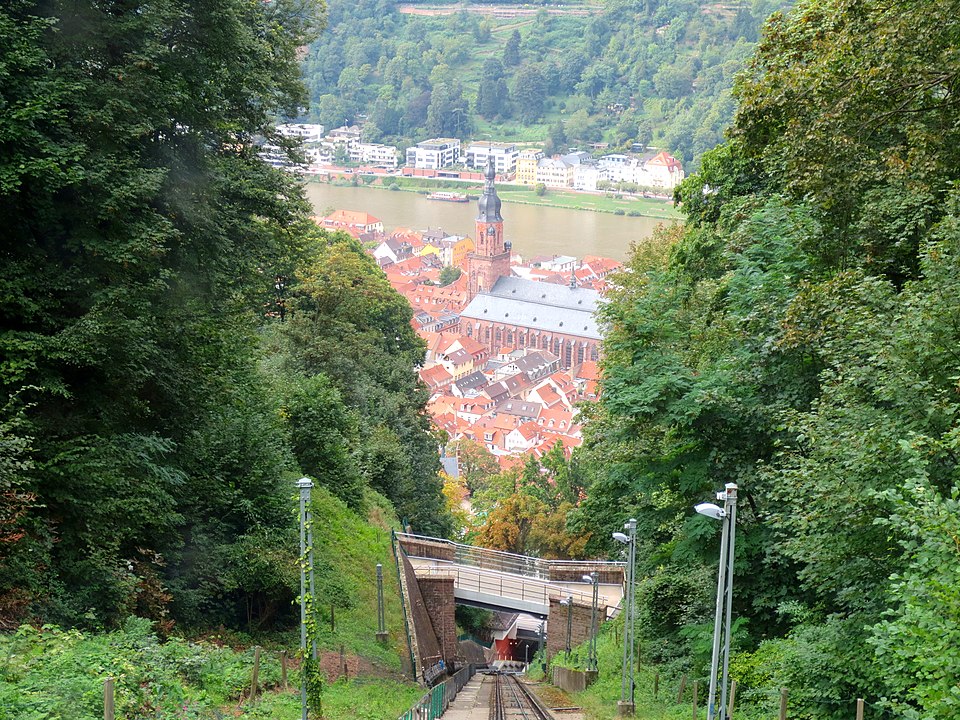
There is a railway from the town to the castle, the Heidelberger Bergbahn, that opened in 1890 that used water ballast propulsion. It was built again with an electric drive in 1907. It was again rebuilt in 1961 and in 2003 to handle the traffic to Heidelberg Castle. There is another railway from the castle to the top of the Konigstuhl mountain, that still uses old wooden cars.

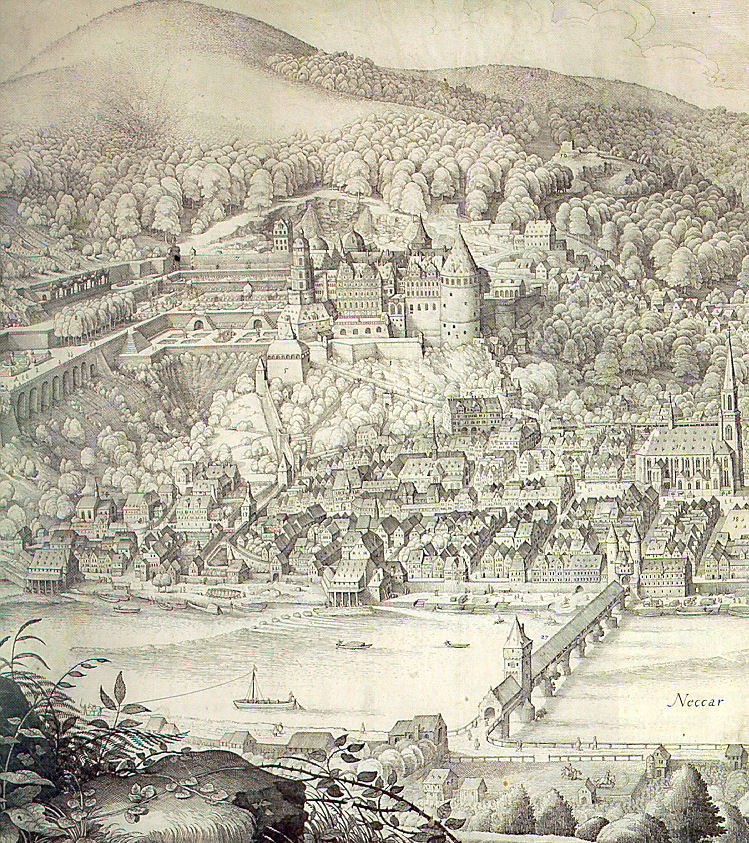
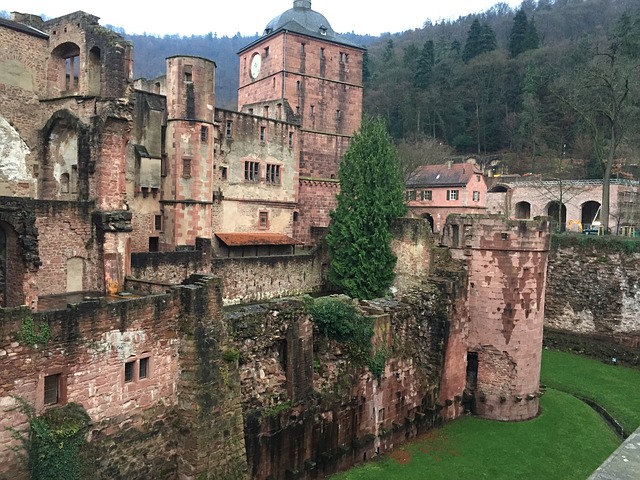
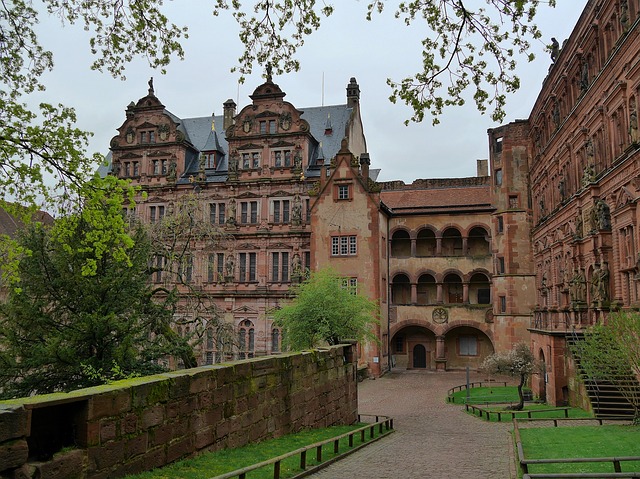
It has been struck by lightening a few times, set on fire, and was demolished/ used by townsfolk on a couple of occasions in the 17th and 18th centuries as materials for housing.

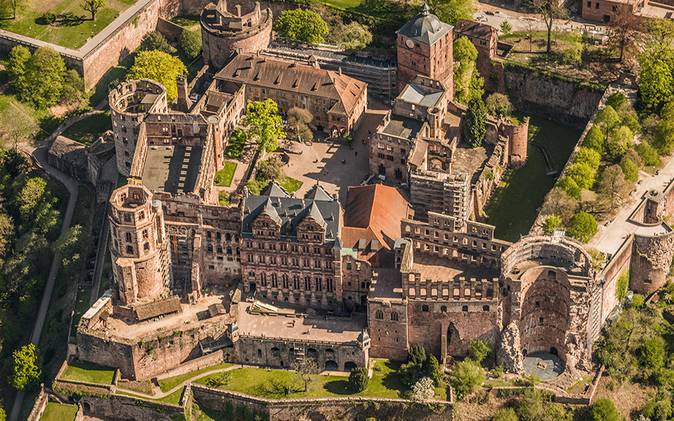
Today it still stands in Heidelberg, which is a university town with the prestigious Heidelberg University. The university was founded in 1386 on instruction of Pope Urban VI. It was the first university in Germany and the 3rd created in the Holy Roman Empire. It is one of the oldest universities in the world that is still running. It's still ranked the 1st, 2nd, and 3rd ranked university in Germany by various world rankings systems today.
Contact: Jacques.Applebaum at gmail
